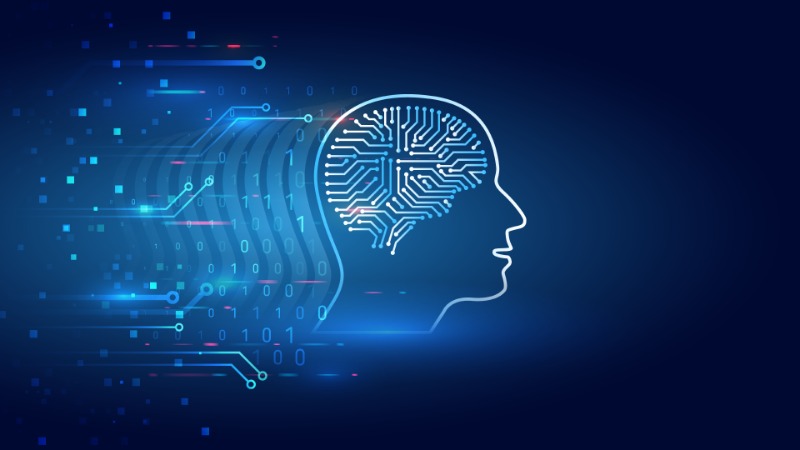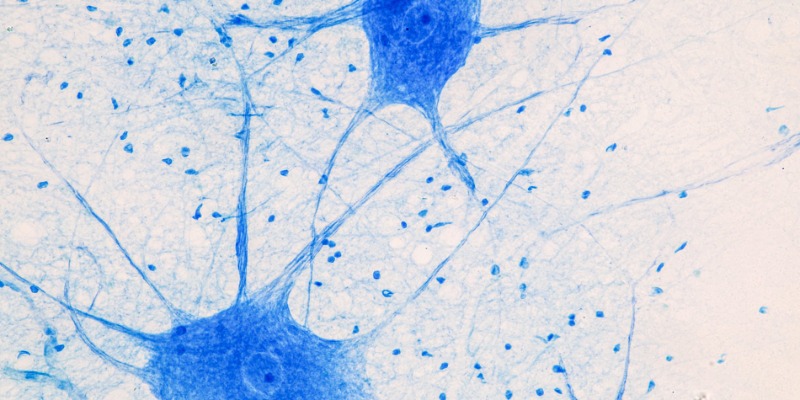As technology advances, our understanding of the brain and its intricate neural networks has grown exponentially. Neuron research is at the forefront of these breakthroughs, with new technologies paving the way for deeper insights into how neurons function, communicate, and influence everything from cognition to behavior. This article will explore the future of neuron research by examining the impact of emerging technologies such as artificial intelligence, neuroimaging, and brain-computer interfaces.
Revolutionizing neuron research with artificial intelligence
Artificial intelligence (AI) is set to revolutionize neuron research by enhancing the analysis and interpretation of complex neural data. Traditionally, studying neurons and their connections required laborious manual observation and data collection, limiting the speed and scope of discoveries. AI, however, can process vast amounts of neural data in a fraction of the time, providing researchers with the ability to analyze neural networks on an unprecedented scale.
Machine learning, a subset of AI, allows computers to recognize patterns in neural activity that may be invisible to human observers. For example, AI algorithms can analyze data from brain scans or electrophysiological recordings to detect early signs of neurological diseases, such as Alzheimer’s or Parkinson’s, long before symptoms appear. This capability not only accelerates neuron research but also opens new avenues for early diagnosis and intervention in neurodegenerative disorders.
AI is also helping neuroscientists map neural circuits with greater precision. By using advanced computational models, researchers can simulate how neurons interact in different regions of the brain, leading to more accurate predictions of how neural circuits function and fail in disease states. These models can be updated as new data becomes available, making AI an invaluable tool in the continuous advancement of neuron research.
The role of advanced neuroimaging in understanding the brain
Neuroimaging technologies have come a long way since the early days of CT scans and MRIs. Today, advanced imaging techniques such as functional magnetic resonance imaging (fMRI) and diffusion tensor imaging (DTI) are providing neuroscientists with unparalleled views of the brain’s structure and function. These technologies are critical to the future of neuron research, as they allow researchers to observe neural activity in real-time and with a level of detail that was previously unimaginable.
Functional MRI, for example, enables researchers to see which areas of the brain are activated during specific tasks, such as reading or solving a math problem. This real-time observation of brain activity helps scientists understand how different regions of the brain communicate and how neurons within these regions work together to process information. Similarly, diffusion tensor imaging allows researchers to map the brain’s white matter tracts, the pathways through which neurons send signals to one another. This technology is crucial for studying neural connectivity and understanding how disruptions in these pathways contribute to neurological disorders.
By providing more accurate and dynamic pictures of the brain, these imaging technologies are pushing neuron research forward, enabling discoveries about how neural circuits are formed, how they change over time, and how they break down in conditions like stroke or traumatic brain injury.
Brain-computer interfaces: Bridging the gap between neurons and machines
Brain-computer interfaces (BCIs) represent one of the most exciting frontiers in neuron research. These devices allow direct communication between the brain and external computers or machines, enabling individuals to control prosthetic limbs, computers, or even robotic systems using only their thoughts. BCIs are already being used in clinical settings to help individuals with paralysis regain some degree of mobility and independence, but their potential applications extend far beyond current capabilities.
In the context of neuron research, BCIs offer a unique opportunity to study neural activity in real-time and to manipulate neural circuits in ways that were previously impossible. For instance, BCIs can be used to stimulate specific neurons or neural pathways to restore lost functions, such as movement in individuals with spinal cord injuries. This technology is also helping researchers better understand how neurons encode information, such as the signals that control movement or speech.
As BCIs become more advanced, they could play a critical role in treating neurodegenerative diseases. For example, BCIs might one day be used to bypass damaged neural circuits in patients with Parkinson’s disease, allowing them to regain control of their movements. The ability to directly interface with neural circuits opens up new possibilities for neuron research, particularly in understanding how the brain’s electrical activity translates into thoughts, emotions, and actions.
CRISPR and gene editing: Unlocking the genetic code of neurons
The advent of CRISPR technology has revolutionized the field of genetics, and its impact on neuron research is only just beginning to be felt. CRISPR allows scientists to edit genes with a level of precision that was once unimaginable, providing a powerful tool for studying the genetic basis of neuronal function and dysfunction. This technology is particularly useful for exploring how specific genes influence neuron development, synaptic connectivity, and susceptibility to neurodegenerative diseases.
In neuron research, CRISPR can be used to create animal models of neurological diseases by introducing or removing specific genes linked to conditions like Alzheimer’s or Huntington’s disease. These models are invaluable for studying how genetic mutations affect neural circuits and for testing potential treatments. CRISPR can also be used to correct genetic mutations in neurons, offering the potential for gene therapy to treat inherited neurological disorders.
As our understanding of the genetic code that governs neuron function deepens, CRISPR will play an increasingly important role in neuron research, helping scientists unlock the genetic mechanisms that underlie brain function and offering new avenues for treatment.
Neuroplasticity: Harnessing the brain’s ability to adapt and heal
Neuroplasticity, the brain’s remarkable ability to reorganize and form new neural connections in response to learning, injury, or disease, is a central focus of neuron research. Emerging technologies are helping researchers better understand how neuroplasticity works and how it can be harnessed to treat brain injuries and neurodegenerative diseases.
Techniques like transcranial magnetic stimulation (TMS) and transcranial direct current stimulation (tDCS) allow researchers to stimulate specific areas of the brain to encourage neuroplastic changes. These non-invasive techniques are being used in both clinical and research settings to enhance cognitive function, improve recovery after stroke, and alleviate symptoms of conditions like depression.
As our understanding of neuroplasticity grows, neuron research is increasingly focused on how to harness this natural process to promote healing and recovery. Emerging technologies that stimulate neuroplasticity offer the potential for new treatments that can help the brain repair itself, making them an essential component of future neuron research.
Conclusion
The future of neuron research is bright, driven by cutting-edge technologies that are expanding our understanding of the brain and its complex neural networks. Artificial intelligence, advanced neuroimaging, brain-computer interfaces, CRISPR, and neuroplasticity-focused therapies are just a few of the tools that are revolutionizing the way we study neurons. These technologies are not only speeding up the pace of discovery but are also opening up new possibilities for treating neurological disorders and enhancing brain function.
As these technologies continue to evolve, the field of neuron research will undoubtedly see even more groundbreaking advancements. The ability to map neural circuits in greater detail, manipulate neural activity, and explore the genetic code of neurons will lead to a deeper understanding of how the brain works and how we can intervene when things go wrong. The future holds immense promise for both neuroscience and the treatment of brain-related conditions, with technology playing a pivotal role in driving these discoveries forward.

